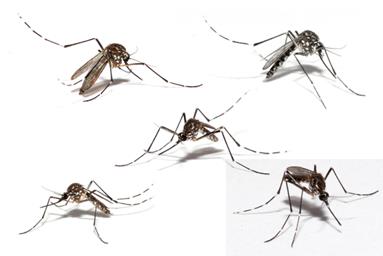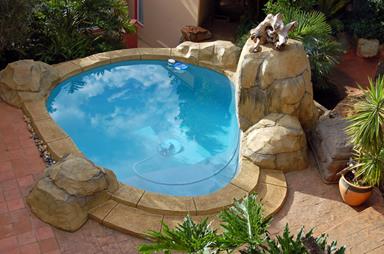5 Steps To Dengue-proof Your Life
Maintenance & Repair5 minutes read
3140 views
3140 views

The word “dengue” isn’t stranger to most of us and it is no small matter. The disease, spread by the striped, female Aedes egypti mosquito, has claimed its first victim in Singapore this year- a 53-year-old lady died of dengue fever on Feb 23 and 5 others died in 2014.
The seemingly insignificant bite can cause symptoms of high fever, a severe headache, pain behind the eyes, muscle and joint aches, and rashes, which can last from three days to two weeks, which can even deteriorate to massive bleeding, shock and death.

Unfortunately, there is no specific treatment or effective vaccine against vaccine. So, what can we do to protect ourselves and our loved ones?
1. Be in the know about how dengue-prone is your location
Be aware. If you live in Bishan or Woodlands—identified as having the most number of dengue cases last year—be especially vigilant in keeping your surroundings clean. You can check if your location is a active dengue cluster here. According to the National Environment Agency Operationally, a dengue cluster is formed when two or more cases have onset within 14 days and are located within 150m of each other. There are 3 different alert levels and different preventive actions for each level.

2. Design-proof your house
Many outdoor rubbish bins comprises of an outer and inner container. This space between the double layer traps water when it rains, being a potential site for breeding mosquitoes. Try to clear both layers out when taking out the trash.

In addition, opt for light coloured curtains and blinds at home and ensure that your house is well-ventilated. Spray dark corners with repellent regularly and make sure that your living space is not cluttered.

Before you travel, cover all bamboo pole holders, add insecticide to roof gutters and vases, cover and seal all floor traps, especially those in the bathoroom, keep all water storage containers dry, cover and seal all toilet bowls and turn off all water sources such as tips and cistern tanks. This eliminates the risk of mosquitoes breeding while you are away, as mosquitoes can breed within one week or faster during hotter months.
3. Eliminate all breeding grounds
We all know this tip - eliminate all sources of stagnant water. Mosquitoes are able to lay their eggs and breed on still water the size of a 5-cent coin!
To avoid harbouring possible breeding grounds:

Drain the water in all pails and watering cans, including plant pot plates, turn them over and store them under shelter.
If you keep plants, change the soil regularly and wash the roots, which mosquito eggs may stick to. Loosen the soil to prevent stagnant water collecting on top of the hardened soil. Scrub all plant pots and plant pot plates thoroughly and ensure they are kept dry.

Change the water in the vases regularly and scrub the inside of the vase thoroughly as well.
Refrain from trays or containers beneath and/or on top of any air-conditioning unit or water dispenser, or if you do, ensure that they are properly covered.

Make sure all drains in your house are kept clean, unclogged and dry. If you have a swimming pool, arrange for regular maintenance and fix all drainage problems once they arise. If you have a water feature or pond without fish inside, make sure to purchase mosquito pellets.
4. Be a walking mosquito repellent

Avoid dark colours in your outfits as they radiate heat, which highly heat-sensitive mosquitoes will be attracted to. Instead, opt for lighter shades that reflect heat.
Wear loose-fitting baggy clothes and if the weather permits, roll the sleeves down and apply mosquito repellent to other exposed parts.
5. Choose your ammunition wisely
Although it does not mosquito-proof you, applying insect repellent reduces the chance of being bitten. For longest protection, ensure that your products contain these 2 ingredients:
• DEET (N,N-diethyl-m-toluamide)
• Picaridin (KBR 3023)

There are also other natural alternatives, for example, essential oils such as lemon eucalyptus oil and citronella, which lack the toxins that regular repellents have. However, they are only effective for shorter durations and needs to be applied more frequently. They’re only effective for 30 minutes to 2 hours, whereas the former can last 4-10+ hours.
Request for quotes and we'll match you with a selection of Interior Designers!
Previous
BTO Renovation Project With A Not-So-Common Theme


 Sign Up with Google
Sign Up with Google

.jpg)